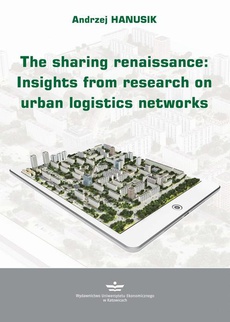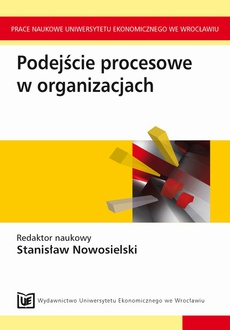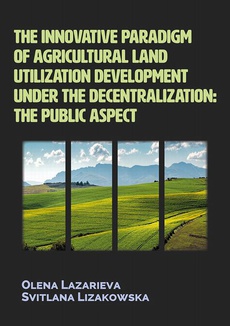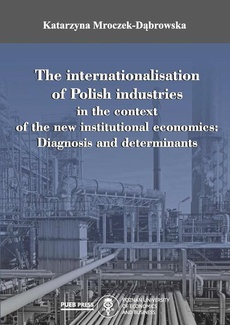POLECAMY

The Sharing Renaissance: Insights from Research on Urban Logistics Networks
Autor:
Format:
ibuk
This book is a comprehensive compendium of knowledge about the sharing economy and the impact of sharing solutions on the shaping of urban logistics networks. The publication presents the genesis and development of the sharing economy concept and also provides a taxonomy of these solutions. The monograph also presents a set of tools for effective evaluations of the sharing economy in urban areas. It is worth noting that the suggested methods can be used both in small urban areas as well as in metropolitan areas – in this work it was applied to analyse shared mobility in the urban logistics network of the Metropolis GZM. Therefore, this book is an ideal source of knowledge for those interested in the sharing economy, shared mobility, and analysis of urban logistics networks. It will be particularly helpful for students of logistics disciplines, scientists focusing on urban areas in their work, logistics practitioners, and decision-makers working in municipal administration structures.
| Rok wydania | 2023 |
|---|---|
| Liczba stron | 107 |
| Kategoria | Publikacje darmowe |
| Wydawca | Wydawnictwo Uniwersytetu Ekonomicznego w Katowicach |
| ISBN-13 | 978-83-7875-866-2 |
| Numer wydania | 1 |
| Język publikacji | angielski |
| Informacja o sprzedawcy | ePWN sp. z o.o. |
Ciekawe propozycje
Spis treści
| Introduction | 5 |
| 1. Sharing as an important part of paradigm of economics | 7 |
| 1.1. The concept of sharing economy | 7 |
| 1.2. Relationships in the sharing economy | 9 |
| 1.3. Sharing economy historical overview | 15 |
| 1.4. Generic classification of shared solutions | 22 |
| 2. Sharing in urban logistics networks | 27 |
| 2.1. The role of sharing in urban logistics networks | 27 |
| 2.2. Shared relationships in urban logistics networks | 31 |
| 2.3. Asymmetry of sharing in urban logistics networks | 34 |
| 3. Shared mobility in urban logistics networks of Metropolis GZM | 44 |
| 3.1. Research methodology | 44 |
| 3.2. Analysis for the baseline period (2020) | 50 |
| 3.3. Analysis for the reference period (2021) | 68 |
| 3.4. Baseline and reference period comparison | 87 |
| Conclusion | 91 |
| Literature | 95 |
| List of tables | 103 |
| List of figures | 105 |
| List of equations | 107 |
























